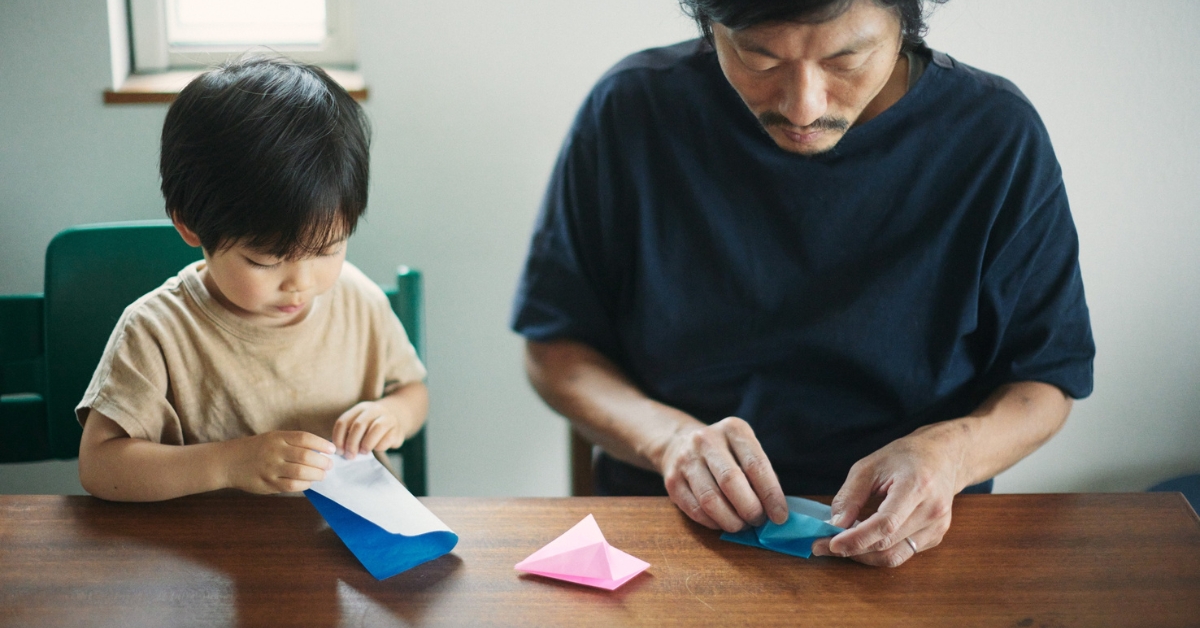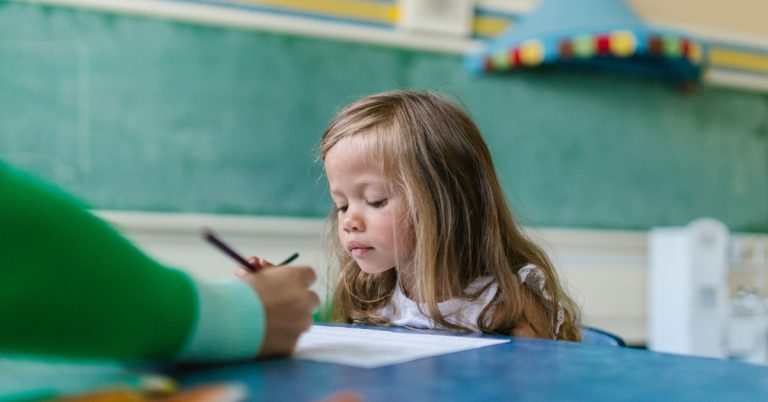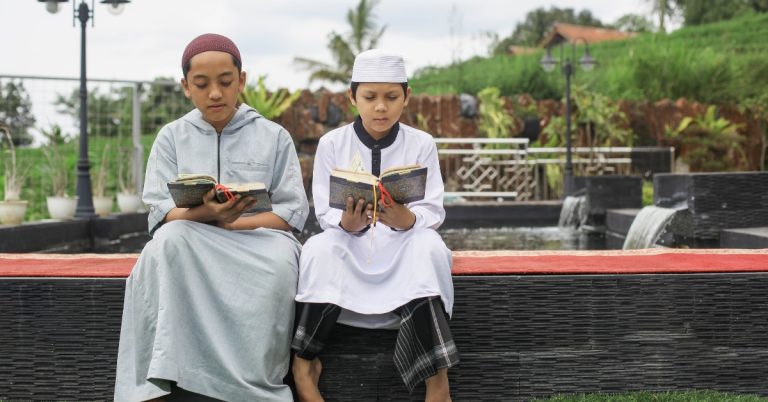In today’s rapidly changing world, the importance of engaging early learners in a meaningful and effective manner has never been more critical. Children are curious explorers, brimming with questions and creativity. To nurture their potential, educators need to employ innovative strategies that not only capture their attention but also facilitate holistic development. Here are several approaches that can help teachers cultivate an enriching learning environment for young students.
1. Play-Based Learning
At the heart of early childhood education lies the concept of play-based learning. This strategy recognizes that play is a natural form of exploration for young children. Activities that merge play with educational objectives allow children to test boundaries, develop problem-solving skills, and foster social interactions.
For instance, a classroom could be set up as a mini-market where children can role-play as shopkeepers and customers. This scenario enables them to practice basic math skills, learn about money, and enhance their communication abilities in a fun, interactive context. By allowing children to engage in play, educators can stimulate their natural curiosity and desire to learn.
2. Integrating Technology Wisely
While technology can be seen as a distraction in the classroom, when used thoughtfully, it can enhance learning experiences. Interactive apps and educational games can provide personalized learning opportunities tailored to each child’s unique pace and style.
Tools like tablets can be utilized for interactive storytelling, allowing children to engage with narratives in dynamic and visually stimulating ways. Moreover, coding toys and robots provide hands-on learning experiences, encouraging logical thinking and problem-solving skills. The key is to ensure that technology complements traditional learning rather than substituting it, creating a balanced curriculum that nurtures various skill sets.
3. Outdoor Learning Adventures
Taking learning outside the confines of the classroom can invigorate young minds and provide real-world context to academic concepts. Outdoor learning adventures allow children to explore nature, observe ecosystems, and understand concepts like weather, growth, and change firsthand.
For example, a simple nature walk can inspire lessons on biology and ecosystems. Students can gather leaves to identify different types of trees, measure the height of plants, or even send messages in a bottle to learn about buoyancy and water currents. By bringing lessons outdoors, educators can instill a sense of wonder and curiosity, connecting children to their environment and sparking a lifelong interest in nature.
4. Collaborative Learning Projects
Collaboration is key to developing social skills in young learners. Implementing projects that require teamwork can encourage children to express their thoughts, listen actively, and resolve conflicts.
For instance, students could work together to create a class mural, where each child contributes an individual piece that reflects their interpretation of a shared theme. This not only allows them to explore their artistic skills but also fosters a sense of community and shared ownership over their learning environment. Such projects can also be tied to core subjects, addressing themes such as diversity, friendship, and cooperation.
5. Storytelling and Creative Expression
Storytelling is a powerful tool that has been used for centuries to convey knowledge and values. In the classroom, storytelling can be integrated into various subjects, enriching the learning experience.
Children can be encouraged to create their own stories, either individually or as a group, using various mediums – such as puppetry, dramatization, or even digital storytelling tools. This not only enhances their literacy skills but also allows them to express their thoughts and feelings creatively. By linking storytelling to lessons in science, history, or ethics, educators can engage children’s imaginations while teaching essential academic concepts.
6. Mindfulness and Emotional Intelligence
In a world brimming with distractions, nurturing emotional intelligence and mindfulness in young learners is crucial. Implementing practices such as simple breathing exercises, guided imagery, or even mindfulness games can help children develop self-awareness and emotional regulation.
Creating a “calm corner” in the classroom can also provide a safe space for children to retreat to when feeling overwhelmed, encouraging them to understand and manage their emotions better. Building emotional intelligence helps children navigate social interactions, fosters empathy, and supports overall well-being.
7. Parent and Community Involvement
Finally, engaging families and the wider community enhances the educational experience for early learners. Collaborative workshops, community projects, and regular communication with parents can create a cohesive support system for children’s learning.
Educators can organize family participation days where parents can share their professions or hobbies, allowing children to learn from their experiences and cultures firsthand. This not only strengthens the connection between home and school but also exposes children to a variety of perspectives, enriching their understanding of the world around them.
Conclusion
Engaging young minds involves a multifaceted approach that respects and nurtures children’s innate curiosity and creativity. By employing innovative strategies – such as play – based learning, technology integration, outdoor adventures, collaborative projects, storytelling, mindfulness, and community involvement – educators can create an enriching environment that lays the foundation for lifelong learning. In cultivating a love for learning early on, we prepare our youngest learners not just for school but for the broader journey of life.



